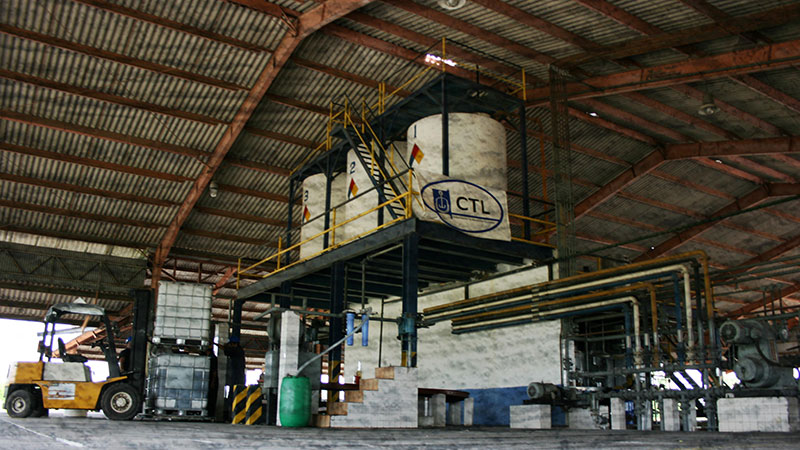Biotech Crops Soar in Brazil 21%

Biotech crops are grown on more land in developing countries than the industrialized ones for the first time since genetically modified seeds debuted nearly 20 years ago, according to the latest annual report by the International Service for the Acquisition of Agri-Biotech Applications (ISAAA).
Developing nations planted 52% of the global biotech crops in 2012, up from 50% a year earlier. Industrialized countries accounted for 48% of GM crop growth, according to ISAAA. Last year also marked an unprecedented 100-fold increase in biotech crop hectarage to 170 million hectares from 1.7 million in 1996, when biotech crops were first commercialized.
“This growth is contrary to the prediction of critics, who prior to the commercialization of the technology in 1996 prematurely declared that biotech crops were only for industrial countries, and would never be accepted and adopted by developing countries,” said Clive James, veteran author of the report and chair and founder of ISAAA.
Globally, farmers grew a record 170.3 million hectares of biotech crops in 2012, up 6%, or 10.3 million hectares more than in 2011, boosting farmers’ income worldwide due to enhanced
ISAAA’s report also showed that the rate and scale of biotech crop adoption in developing countries dwarfs that of industrialized nations. The growth rate for biotech crops was at least three times as fast, and five times as large, in developing countries, at 11% or 8.7 million hectares, versus 3% or 1.6 million hectares in industrial countries.
Sudan, Cuba Debut Biotech Crops
Sudan and Cuba planted biotech crops for the first time last year. Sudan began growing biotech cotton, becoming the fourth African country to commercialize a biotech crop. Others include South Africa, Burkina Faso and Egypt.
Cuban farmers planted 3,000 hectares of hybrid biotech maize as part of an initiative to bolster ecological sustainability and remain pesticide-free, according to James.
Of the 28 countries that planted biotech crops, 20 were developing and eight were industrial countries, compared to 19 developing and 10 industrial countries in 2011. Approximately 60 percent of the world’s population, or about 4 billion people, live in the 28 countries planting biotech crops.
Brazil GM Crops Surge; US at 90% Adoption Rate
China, India, Brazil, Argentina and South Africa – which account for 40% of the global population – grew 78.2 million hectares or 46% of global biotech crops in 2012.
For the fourth consecutive year, Brazil outpaced all other countries’ growth at 21%, and it now ranks second only to the U.S. in worldwide biotech crop hectarage.
“A fast-track science-based approval system allows Brazil to adopt new biotech crops in a timely manner. For instance, the South American country was the first to approve the stacked soybean with insect resistance and herbicide tolerance for commercialization in 2013,” James said.
The U.S. continued to lead the world in biotech crop land at 69.5 million hectares, with an average of 90% adoption across all crops.
“Biotech crops are important but are not a panacea,” James added. “Adherence to good farming practices, such as rotations and resistance management, are a must for biotech crops as they are for conventional crops.”





